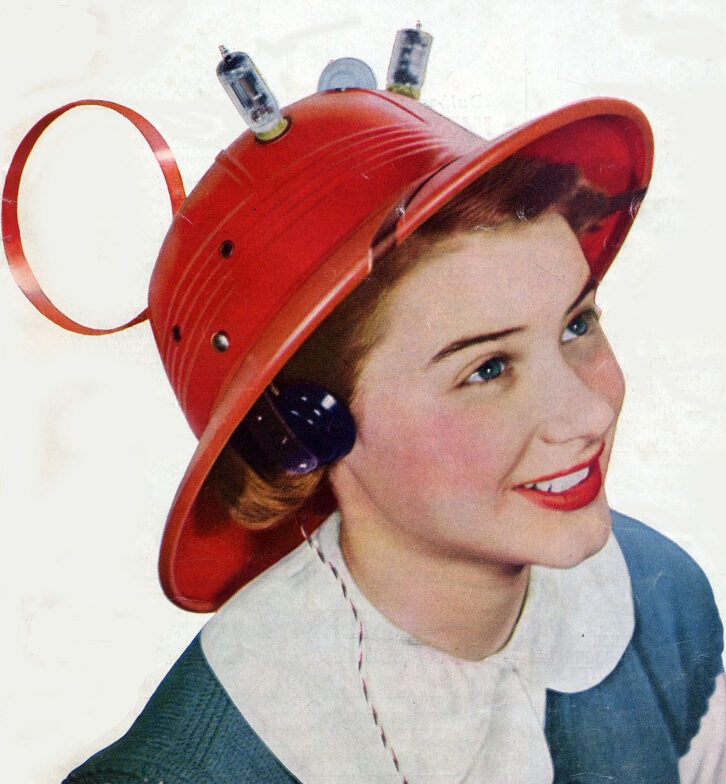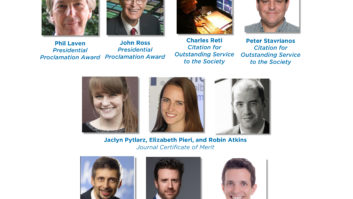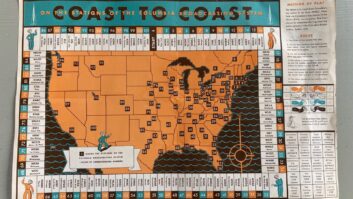This is the third installment in a recurring series that looks back at developments that have shaped radio broadcasting during the past 100 years, noting advancements and historical moments month by month. Read February’s story here.
100 Years Ago – March 1924: Following on the success of its station KDKA, Westinghouse is now testing the concept of linking stations in distant markets to carry programming from a central station. This “re-broadcasting,” as Westinghouse vice president, Harry P. Davis, explained “may be the solution” to the broadcasting problem that exists in terms of providing listeners with quality programming now that nearly 600 U.S. stations are on the air.
The testing involves the relay of programming from KDKA, located in East Pittsburgh, Penn. to Westinghouse’s KFKX in Hastings, Neb. The two broadcast-band stations operate with equal power and are linked via a “3,200 kilocycle” shortwave transmitter. (Radio’s first network, NBC, was established two years later, with Davis serving as its chairman of the board.)
75 Years Ago – March 1949: The Merri-Lei Corp. introduces an early version of the Walkman in the form of a “Radio Hat.” The wearable radio is designed to cover the AM radio band and is powered by batteries (separate 1.5-Volt “A” and 22.5-Volt “B” batteries, of course, as this is a tube set) carried in the wearer’s pocket. Its single headphone may be positioned for listening via either one’s left or right ears.

The 12-oz. two-tube set is available in a wide range of colors, including “canary yellow,” “lipstick red,” and “blush pink,” as well as conventional tan, grey, and grey-green shades to appeal to more conservative tastes. The introductory price has been set at $7.95 (about $102 in 2024 money), with the manufacturer expecting sales to top five million, based on advance orders received from a number of NYC retailers.
50 Years Ago – March 1974: All eyes are now focused on Houston and the upcoming NAB convention to be held there this month. A big attraction is the recent commitment by President Nixon to address broadcasters at the show. (The best that the NAB had hoped for previously was an address by Vice President Gerald Ford, or possibly, the Secretary of State, Henry Kissinger. There’s also been a changing of the guard at the FCC, with Richard Wiley replacing Dean Burch as chairman after Burch resigned to accept a cabinet rank position as counselor to President Nixon.)
25 Years Ago – March 1999: With the FCC now considering a new class of low-power FM stations, concerns continue to be raised about the impact to existing full-power broadcasters already operating within a very crowded band. As voiced by Mullaney Engineering consultant, Alan Gearing, “No matter how low a power station you add to the mix, especially in 90 percent of the more densely populated areas, you’re going to be causing interference to somebody who’s already there.”
Stay tuned for next month’s installment!










